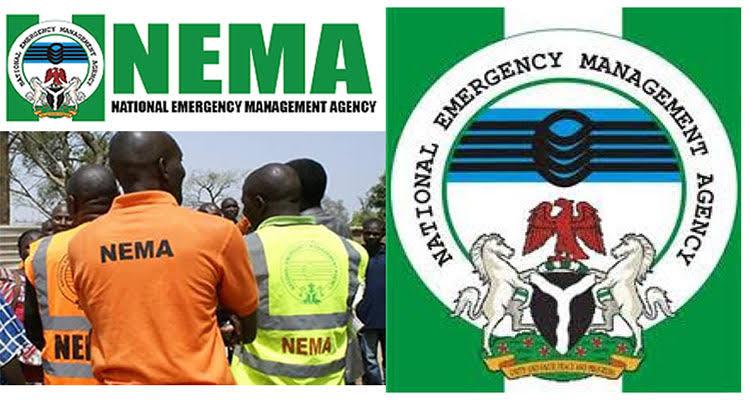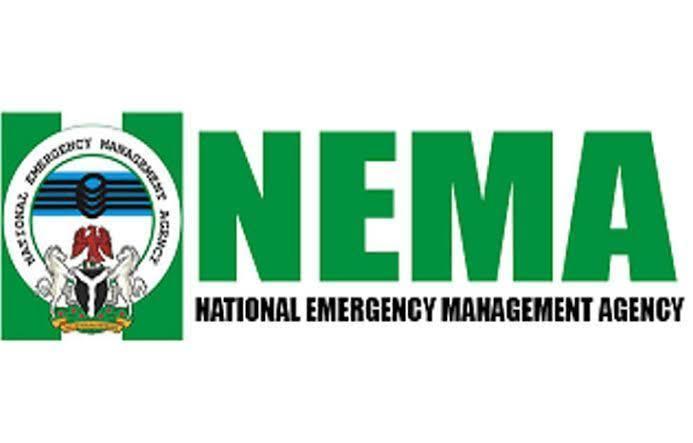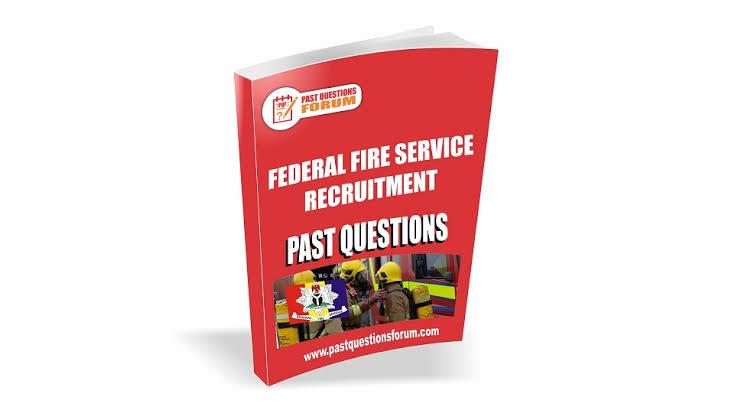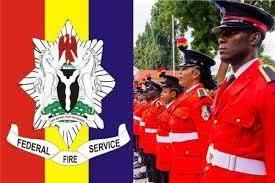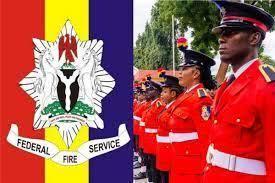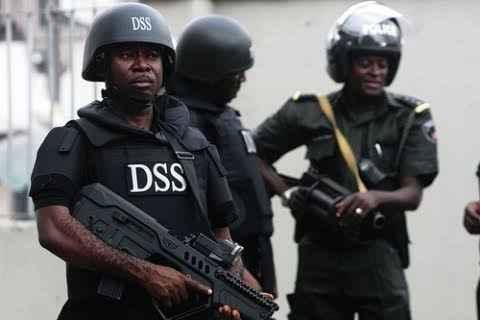Explore Our Bill Payment Services:

- Military And Defence
- Emergency
- Nigeria
Fire Service (Ffs) Ranks & Symbols: Verified Hierarchy Explained
Ever wondered what the rank symbols mean on a Nigerian firefighter's uniform? From simple stripes to eagles and stars, each symbol represents a unique level of command within the Federal Fire Service (FFS).
In this guide, you’ll find a clear breakdown of the FFS hierarchy—from entry-level recruits to the highest commanding officers. Whether you're preparing for recruitment, training, or just curious, this post will show you the official ranks and their symbols.
Junior Cadre Ranks & Symbols
These are the entry-level ranks mostly responsible for frontline firefighting, rescue operations, and safety checks.
| Rank | Insignia Symbol | Role Summary |
|---|---|---|
| Fire Assistant III | One stripe | Entry-level firefighter performing basic tasks |
| Fire Assistant II | Two stripes | Slightly senior; supports operations and drills |
| Fire Assistant I | Three stripes | Senior in the assistant cadre; field responsibilities grow |
These ranks form the base of the fire service and are critical during emergencies and field operations.
Inspectorate Cadre Ranks & Symbols
This group supervises junior officers and coordinates operational teams.
| Rank | Insignia Symbol | Role Summary |
|---|---|---|
| Inspector of Fire (IF) | One star + stripe | Oversees junior staff and small operations |
| Senior Inspector of Fire | Two stars + stripe | Supervises departments or multiple field units |
| Chief Inspector of Fire | Three stars + stripe | Senior-most in inspectorate; helps enforce rules and training |
Inspectors act as the bridge between junior firefighters and the officer cadre.
Officer Cadre & Senior Command Ranks
These ranks carry out leadership, administrative, and strategic roles across states and regions.
| Rank | Insignia Symbol | Role Summary |
|---|---|---|
| Assistant Superintendent of Fire II | One small star | Entry-level commissioned officer |
| Assistant Superintendent of Fire I | One full star | Supervises teams and handles technical oversight |
| Deputy Superintendent of Fire | Two stars | Manages units and administrative planning |
| Superintendent of Fire | Three stars | Commands divisions or fire stations |
| Chief Superintendent of Fire | One eagle | Leads operations and crisis coordination |
| Assistant Controller of Fire | One eagle + one star | Manages regional commands and logistics |
| Deputy Controller of Fire | One eagle + two stars | Senior field command and inter-agency coordination |
| Controller of Fire | One eagle + three stars | Commands fire operations at state or zonal level |
These officers make executive decisions and play key roles in emergency response planning.
National Command Ranks
The highest-ranking officers oversee the entire Federal Fire Service at a national level.
| Rank | Insignia Symbol | Role Summary |
|---|---|---|
| Assistant Controller General (ACG) | Two eagles | Heads national zones and policy enforcement |
| Deputy Controller General (DCG) | Two eagles + crossed sword & axe | Second-in-command; oversees command strategy |
| Controller General of Fire (CGF) | Three eagles + crossed sword & axe | Highest authority; overall head of the FFS |
These ranks are responsible for nationwide safety policies, crisis management, and leadership at the federal level.
Insignia Meaning Guide
-
Stripes: Represent fire assistants and junior operatives
-
Stars: Denote middle to high officer ranks
-
Eagles: Used by senior command and leadership
-
Crossed Sword & Axe: Symbol of highest authority and national command
Why It’s Important to Know These Ranks
Understanding the fire service hierarchy:
-
Helps new recruits know where they stand and what to expect
-
Promotes respect and clarity during field operations
-
Improves coordination among departments and agencies
-
Encourages professional growth and ambition within the service
Final Thoughts
The Federal Fire Service plays a vital role in national safety and emergency response. Whether you’re planning to join or just want to understand their structure, knowing the ranks and symbols gives you a clearer picture of how this life-saving organization operates.
Stay safe, stay informed—and salute to the brave men and women of the Nigerian Fire Service!
